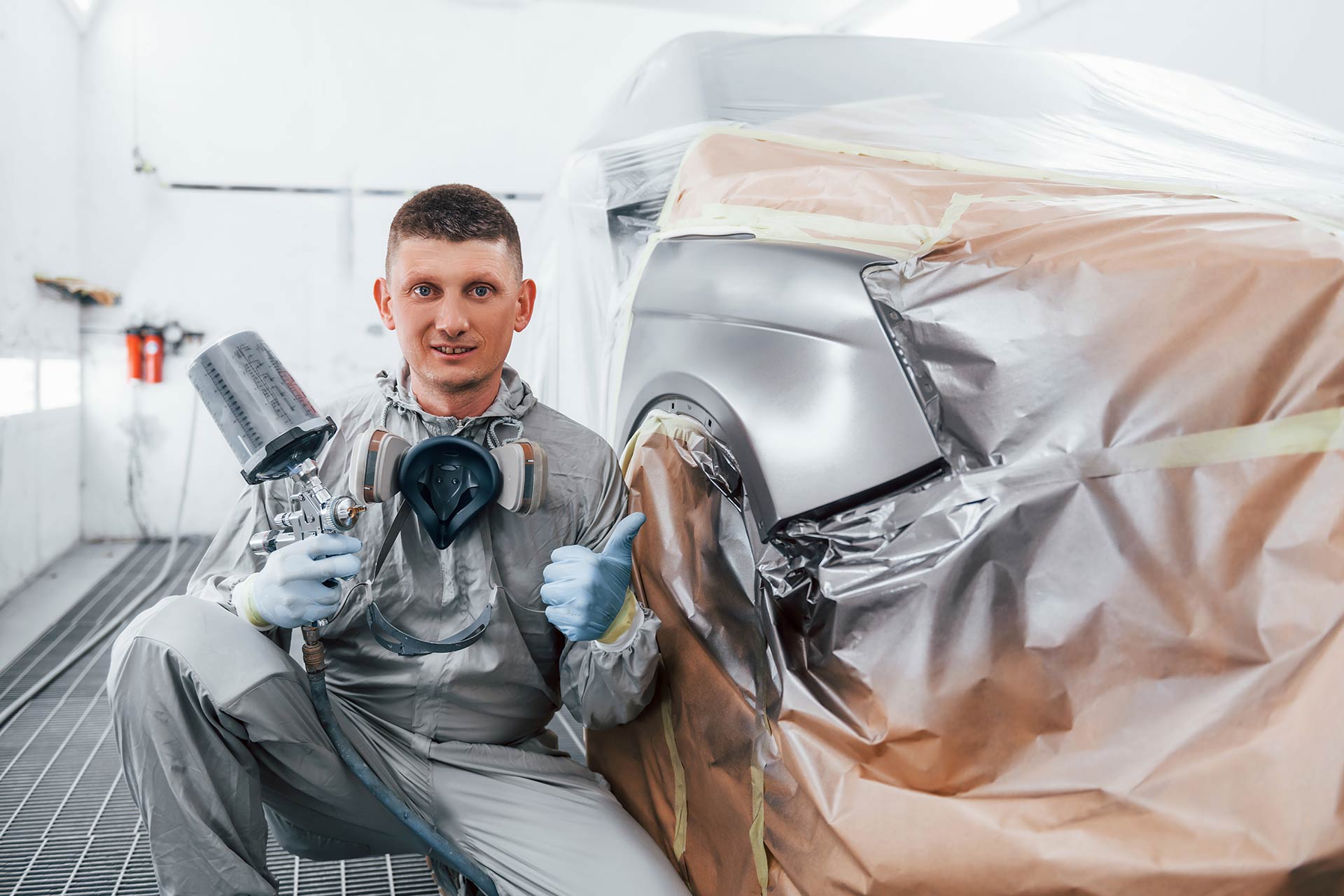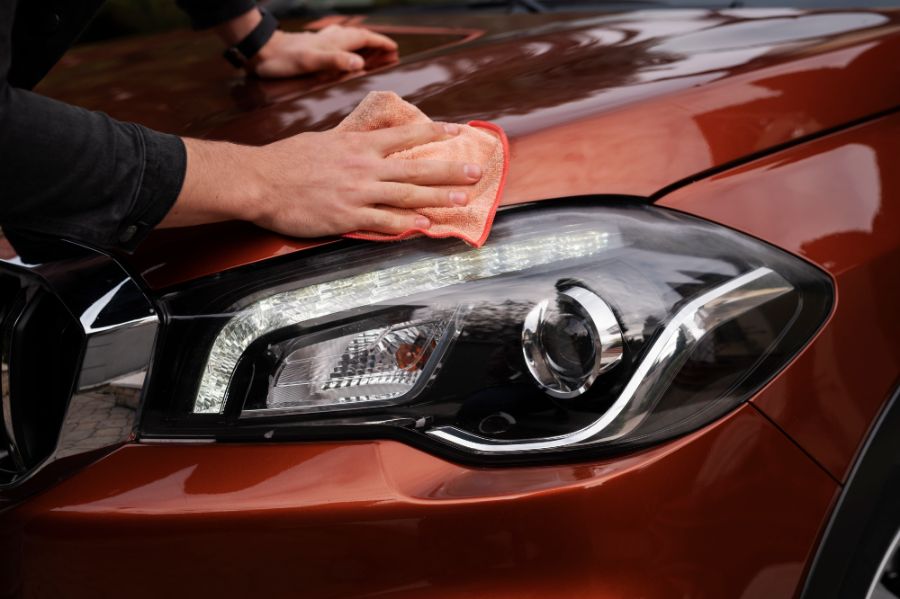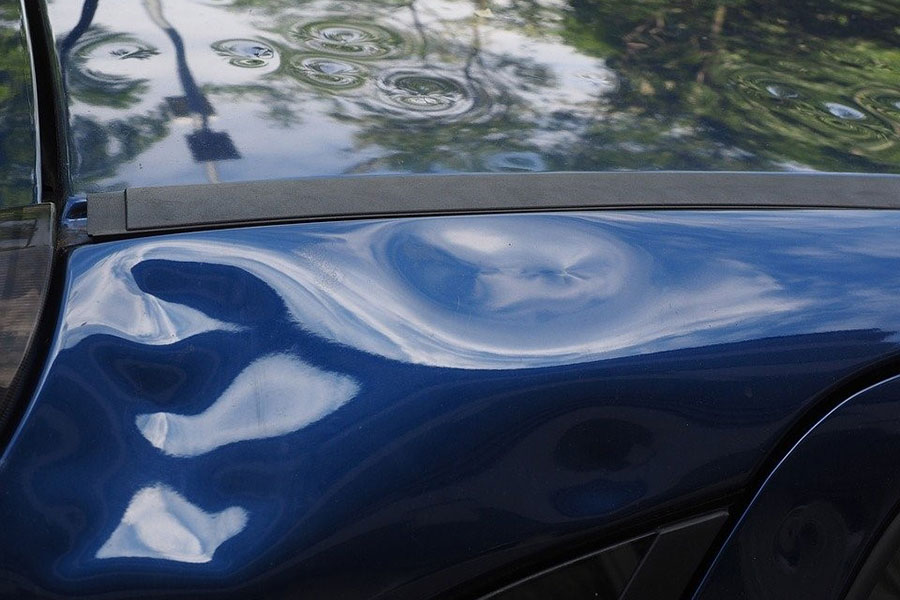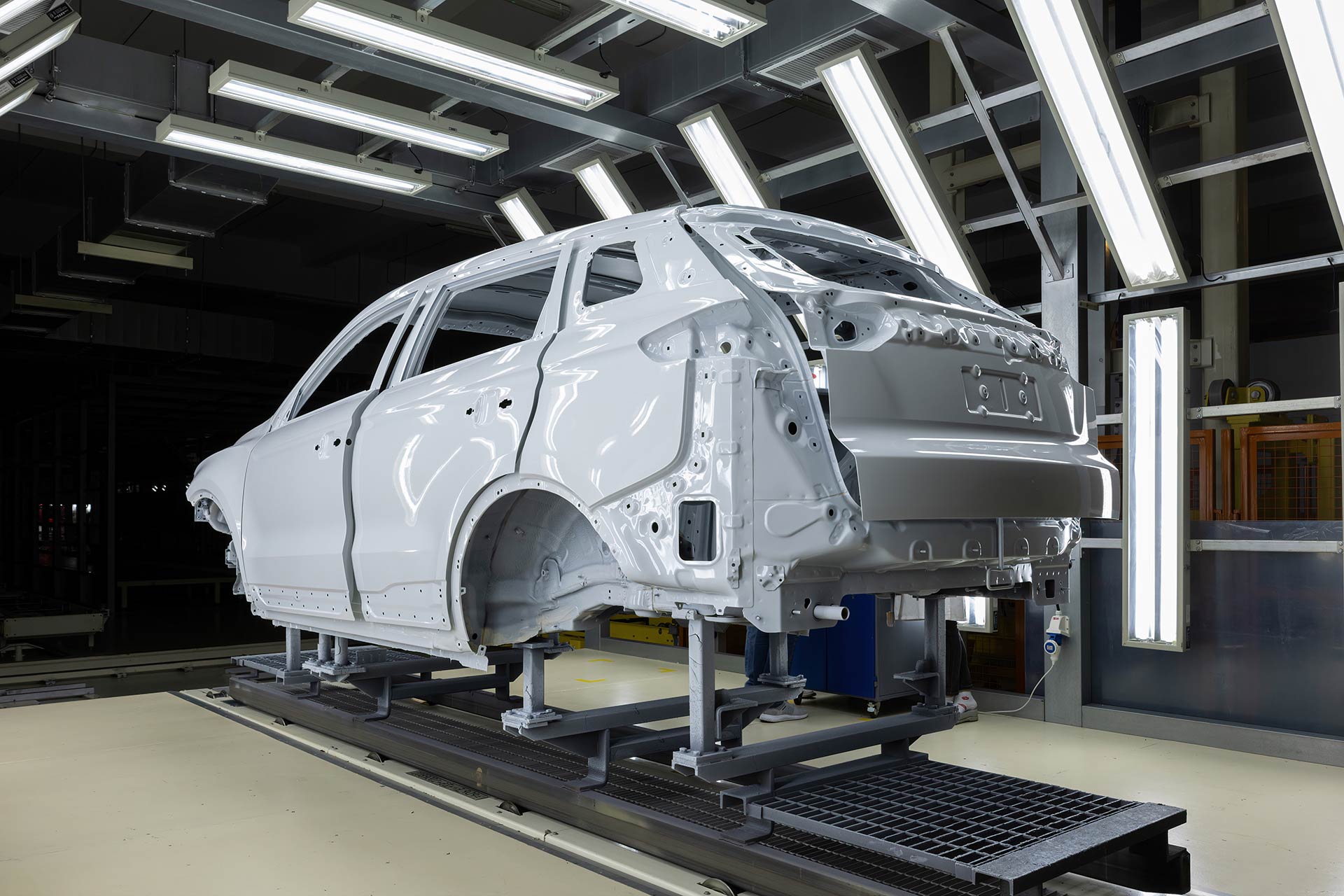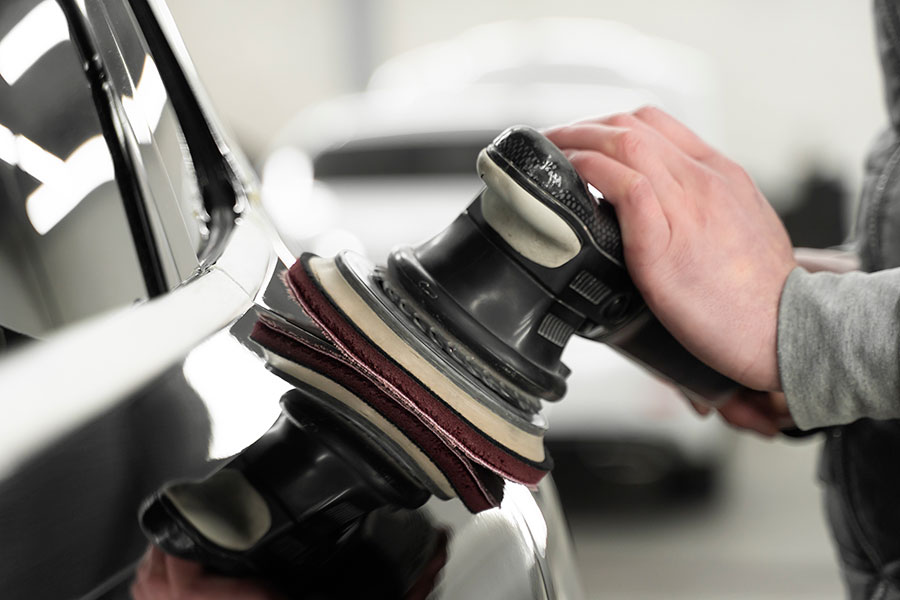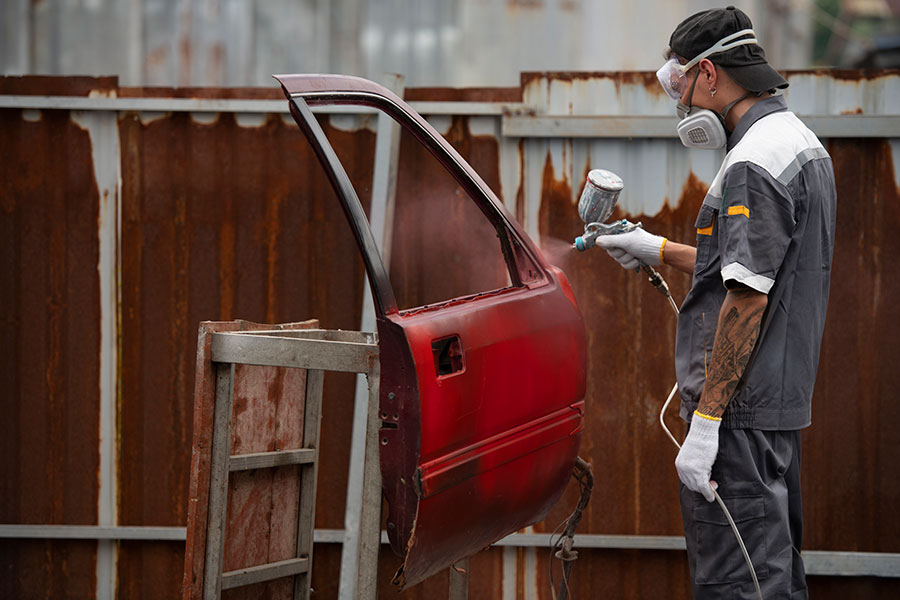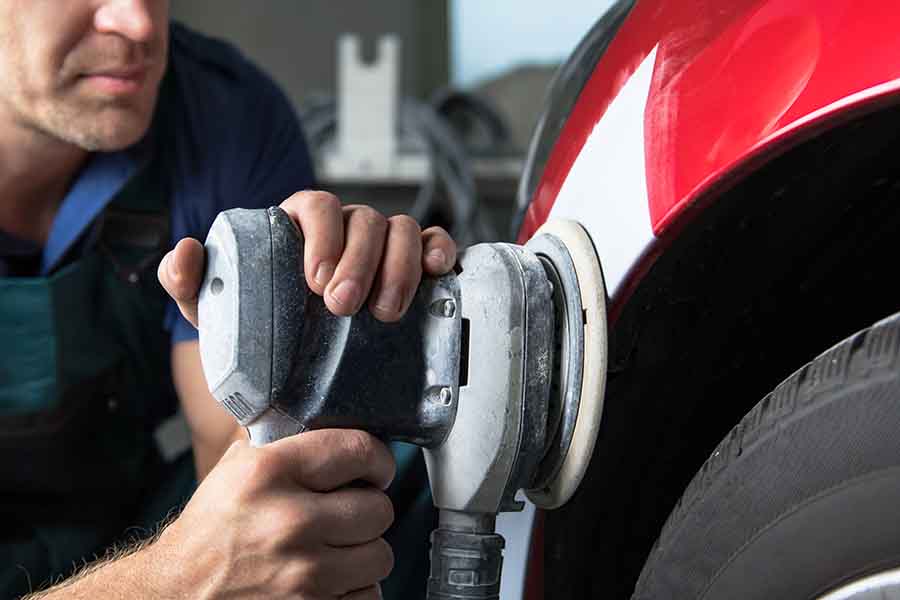Did you know 70% of car owners delay repairs due to not understanding the process? Navigating through the stages of car repair can feel like solving a puzzle with missing pieces. But, it doesn't have to be a head-scratcher. Whether it's diagnosing the problem, choosing the right mechanic, or understanding the repair work and costs involved, we've got your back. This guide will break down the process into chewable chunks, making it easy for you to get your ride running smoothly again without feeling lost in translation. So, let's dive into the nuts and bolts of car repair, ensuring you're equipped with the knowledge to handle whatever comes your way on the road.
Understanding Car Repair Basics
Common Repairs
Mechanical repairs often involve the engine, brakes, or transmission. These parts are vital for your car's operation. If they break down, your car might not run properly or at all.
Bodywork repairs focus on the exterior of your car. They include fixing dents, scratches, and replacing broken parts like mirrors or headlights. Accidents or minor bumps usually cause these issues.
Maintenance Importance
Regular maintenance is crucial to avoid big repairs. It keeps your car in good shape and helps find problems early. This way, you can fix small issues before they turn into bigger ones.
Skipping oil changes or ignoring strange noises can lead to serious damage. It's better to spend a little now on maintenance than a lot later on repairs.
Car Basics
Understanding how your car works makes communication with mechanics easier. You'll know the right questions to ask and understand their answers better.
Knowing basic parts like the engine, transmission, and brakes is a good start. Learn what they do and how they work together. This knowledge helps you spot problems early.
Assessing Vehicle Damage
Visual Inspection
Visual inspection is the first step in assessing vehicle damage. Technicians look at the car to see how bad the damage is. They check for dents, scratches, and broken parts.
This step helps in understanding the overall impact of an accident or wear and tear over time. It's crucial for planning the next steps in repair.
Diagnostic Tests
After the visual check, technicians use special tools to run diagnostic tests. These tests find problems that are not visible outside. They can show issues with the engine, transmission, and other internal systems.
Diagnostic tests give a clear picture of what needs fixing. This makes sure repairs focus on correcting all issues, not just the obvious ones.
Safety Prioritization
Safety comes first in car repairs. Technicians identify which damages might make the car unsafe to drive. They look at brakes, airbags, and structural integrity.
Repairs that affect safety are always done first. This ensures the vehicle is safe for road use again.
Functionality Repairs
Next, repairs that affect how well the car runs are considered. This includes fixing engines, transmissions, and suspension systems. Keeping a car running smoothly is important for its longevity.
These repairs might not be urgent for safety but are crucial for a good driving experience.
Cost vs. Value
Sometimes repairs can cost more than the car is worth. Owners need to think about whether it's worth fixing the car or if they should get a new one. This decision depends on the car's value, repair costs, and personal attachment to the vehicle.
Making smart choices here can save money and stress in the long run.
Handling Insurance Procedures
Policy Coverage
After assessing the vehicle damage, it's crucial to understand your insurance policy. Many drivers are not fully aware of what their policy covers until they need to make a claim. Your policy details what kinds of damages are covered, including whether it accounts for accidents, theft, or natural disasters.
It's also important to know your deductible. This is the amount you pay before your insurance covers the rest. Knowing this helps you understand how much you might need to pay out-of-pocket.
Document Damage
Once you know your coverage, the next step is documenting the damage. Take clear photos from different angles and note any immediate problems with the car's operation. This evidence is crucial when filing a claim as it provides a clear picture of the incident's extent.
Keep all receipts related to the accident. This includes towing services or any immediate repairs needed to make the vehicle safe. These documents are important for reimbursement from your insurance company.
File Claim
Filing a claim promptly is key. Contact your insurance provider as soon as possible to report the accident. They will guide you through the process and tell you what information they need.
Be prepared to provide details about the accident, including when and where it happened, and any other parties involved. The quicker you file, the sooner the claims process can begin.
Adjuster Communication
An insurance adjuster will be assigned to your case. They assess the damage, review your documentation, and determine how much the insurance company will pay for repairs.
Communicating effectively with your adjuster is critical. Be honest and provide all requested information promptly. Understanding their role and cooperating fully can lead to a smoother claims process.
Adjusters might also visit in person to inspect the vehicle. Ensure you're available for appointments and follow up if you have questions about their findings.
Developing Repair Strategy
OEM vs. Aftermarket
Choosing between OEM (Original Equipment Manufacturer) parts and aftermarket parts is a critical step in the repair strategy. OEM parts are made by the car's manufacturer. They match the parts that came with your car when it was new. Aftermarket parts are made by different companies and might be less expensive.
OEM parts ensure a perfect fit and function like the original. They come with a warranty but can be more costly. Aftermarket parts offer a wider variety and lower prices. However, they might not always match the original's quality or fit perfectly.
Repair Method
Deciding on the repair method involves choosing whether to repair, replace, or refurbish damaged parts. Each option has its benefits and drawbacks.
Repairing can preserve the original part but might not restore it to its full original strength or appearance. Replacing damaged parts ensures your car returns to a like-new condition but can be more expensive. Refurbishing is often used for cosmetic damages. It can make parts look new at a lower cost but may not fix underlying issues.
Scheduling Repairs
Scheduling repairs is vital to minimize downtime and inconvenience. After handling insurance procedures, set a timeline for repairs that works with your schedule. Consider the availability of replacement parts and the repair shop's workload.
A good strategy involves planning repairs during off-peak times or when you have alternative transportation options. Communicate clearly with the repair shop to understand how long the process will take.
Dismantling and Preparing
Safe Dismantling
Technicians start by safely dismantling necessary parts to reach the damaged areas. They use specialized tools to avoid further damage. Each piece is removed with care.
They follow a systematic approach. This ensures no additional harm comes to the vehicle. It's crucial for maintaining integrity.
Parts Organization
Once removed, parts are organized and labeled. This step is key for efficient reassembly later on. Technicians make detailed notes.
Labels help in identifying where each part belongs. This organization saves time during the reassembly phase. It prevents confusion.
Workspace Preparation
Preparing the vehicle and workspace comes next. Cleanliness and order are priorities. A well-prepared space ensures a smoother repair process.
Technicians cover unaffected areas to protect them from dust and debris. Lighting and tool accessibility are optimized. This preparation phase sets the stage for successful repairs or replacements.
Bodywork and Structural Repairs
Frame Straightening
After dismantling and preparing the car, the next crucial step is to straighten the frame or unibody structure. This ensures the car's foundation is solid and true to its original factory specifications. Technicians use advanced machinery to measure and correct the frame's alignment. This process is critical for the safety and performance of the vehicle.
They meticulously assess every inch of the frame for accuracy. This stage might seem technical but it's essential for a car's longevity.
Panel Repair
Once the frame is straight, attention turns to the damaged body panels. Some panels may only require minor repairs, such as removing dents or filling scratches. Others might be beyond repair and need replacement. Skilled technicians can work wonders here, restoring the car's appearance to near-original condition.
They match new panels with the existing body, ensuring a seamless look. This step is not just about aesthetics; it also helps in preserving the vehicle's structural integrity.
Corrosion Protection
To complete the bodywork, repaired areas receive corrosion protection. This is vital for preventing future rust, especially in areas that were exposed due to damage or during repair. Technicians apply a range of treatments, from primers to sealants, designed to keep rust at bay.
This protective layer shields the car from elements that cause corrosion. It's an important step for maintaining the vehicle's value and safety over time.
Painting and Refinishing Steps
Color Matching
Professionals use computerized systems to match the paint color perfectly. They input the car’s details into a system. This system finds the exact paint formula.
They mix the paint carefully. Each component is measured precisely. This ensures the color matches the car's original hue.
Primer Application
The first layer applied is the primer. It prepares the surface for painting. The primer ensures that the paint sticks well.
Technicians apply it evenly across the car's body. They follow manufacturer guidelines closely. This step is crucial for a durable finish.
Basecoat Layer
After the primer, comes the basecoat. This is the car's actual color layer. Technicians apply it with care.
They use specialized equipment to spray the paint. This guarantees an even coat. The basecoat is thin but vital.
Clearcoat Application
The clearcoat layer goes on top of the basecoat. It protects the color from damage and UV rays. This layer gives the car its shine.
Applying it correctly is important for durability. The clearcoat also affects how shiny the car looks.
Curing Process
Once all layers are applied, they must cure. This process hardens the paint. It can take several hours or days, depending on the paint type.
Curing happens in a controlled environment. Temperature and humidity are kept constant to ensure a perfect finish.
Polishing Stage
The final step is polishing the car for a seamless finish. Technicians buff out any imperfections. They make sure the surface is smooth and glossy.
Polishing enhances the car's shine and appearance. It makes the car look brand new.
Reassembly and Quality Control
Assembly Precision
After the painting and refinishing steps are complete, the vehicle enters a crucial phase: reassembly. Technicians work meticulously to put every part back in its place. They ensure that all components fit perfectly, just like a puzzle. This stage demands high attention to detail because even a small mistake can lead to issues later.
The process begins with the exterior parts, such as bumpers and lights. Then, they move inside to reinstall the dashboard, seats, and any other interior components removed for painting. Throughout this phase, technicians follow manufacturer guidelines closely to ensure everything is assembled correctly.
System Checks
Once reassembly is done, the vehicle undergoes several quality control checks. These checks are vital to guarantee that the car not only looks good but is also safe to drive. Technicians use advanced diagnostic tools to perform system tests on the engine, brakes, and electrical systems.
They check for any errors that might have been overlooked during reassembly. This includes ensuring all connections are secure and that there are no warning lights on the dashboard. It's a comprehensive review that covers everything from the headlights to the tailpipe.
Road Testing
The final step in quality control is the test drive. This is when a technician takes the vehicle out on the road to see how it performs under real-world conditions. They pay close attention to how the car steers, brakes, and accelerates.
It's also a chance to listen for any unusual noises that could indicate a problem. If anything feels off, the car goes back into the shop for further inspection. Only when it passes this test does it get the green light as fully repaired.
Final Inspection
Before handing the keys back to the owner, there's one last inspection. The vehicle is checked for cleanliness, both inside and out. Technicians make sure there are no tools or parts left behind. They also double-check that all repair areas match the rest of the car in color and texture.
This final touch ensures that customers receive their vehicles in better condition than when they arrived. It reflects the shop's commitment to quality and customer satisfaction.
Post-Repair Care Tips
New Paint Care
After your car has gone through reassembly and quality control, it's crucial to follow specific care instructions for new paint. This ensures the longevity and shine of your vehicle's exterior.
Avoid washing your car for at least two weeks after painting. This period allows the paint to cure fully. When you do wash it, choose a gentle, automotive-specific soap. Waxing should wait even longer, typically three to four months. This patience pays off by protecting the paint and keeping your car looking new.
Issue Monitoring
Once repairs are complete, it’s important to monitor the vehicle for any issues. Even with thorough quality control, some problems may only become apparent once you're back on the road.
Listen for unusual noises or check for leaks under the car - signs that something might not be right. If you notice anything out of the ordinary, contact the repair shop immediately. Prompt attention to these issues can prevent minor problems from becoming major headaches.
Record Keeping
Keeping detailed records of the repair work is essential for several reasons. It provides a history of what was done to your car, which is invaluable for future maintenance or repairs.
Hold onto all paperwork related to the repair, including detailed invoices and any communication with the repair shop. These documents are also crucial for warranty purposes. Should any issues arise related to the repair work, having thorough records can make warranty claims smoother and more successful.
Closing Thoughts
Navigating the maze of car repair doesn't have to be a headache. From understanding the basics to mastering post-repair care, you've got the blueprint. Each step, whether it's assessing damage, dealing with insurance, or the nitty-gritty of painting and reassembly, plays a crucial role. Your journey through car repair is about more than just fixing dents and scratches—it's about ensuring your ride's longevity and safety.
Armed with this knowledge, you're not just going through motions; you're making informed decisions that protect your investment and keep you safe on the road. Don't let this be the end. Take action. Share this guide with friends or family embarking on their car repair journey. Because knowing is half the battle, and sharing that knowledge? That's how we all drive forward, safer and smarter.
Frequently Asked Questions
What are the initial steps in car repair after an accident?
Assessing vehicle damage is the first critical step, followed by handling insurance procedures. This ensures a clear understanding of the extent of damage and financial coverage.
How is a car repair strategy developed?
A repair strategy is developed by evaluating the assessed damage, which guides the repair process efficiently, ensuring all issues are addressed.
What happens during the dismantling and preparation phase of car repair?
Dismantling involves removing damaged parts. Preparation sets the stage for effective repairs by ensuring a clean and ready workspace.
Can you explain the bodywork and structural repairs process?
This process fixes the car's frame and body, restoring its structural integrity and aesthetic appeal through expert techniques.
What are the key steps in painting and refinishing a car?
Painting involves applying multiple layers for color match and finish, while refinishing ensures a seamless look with the rest of the vehicle.
How does reassembly and quality control ensure a successful car repair?
Reassembly involves putting back all parts accurately. Quality control checks guarantee that repairs meet safety and performance standards.
What should I know about post-repair car care?
Post-repair care includes following specific maintenance tips to ensure longevity and reliability of the repairs, enhancing your vehicle’s lifespan.
